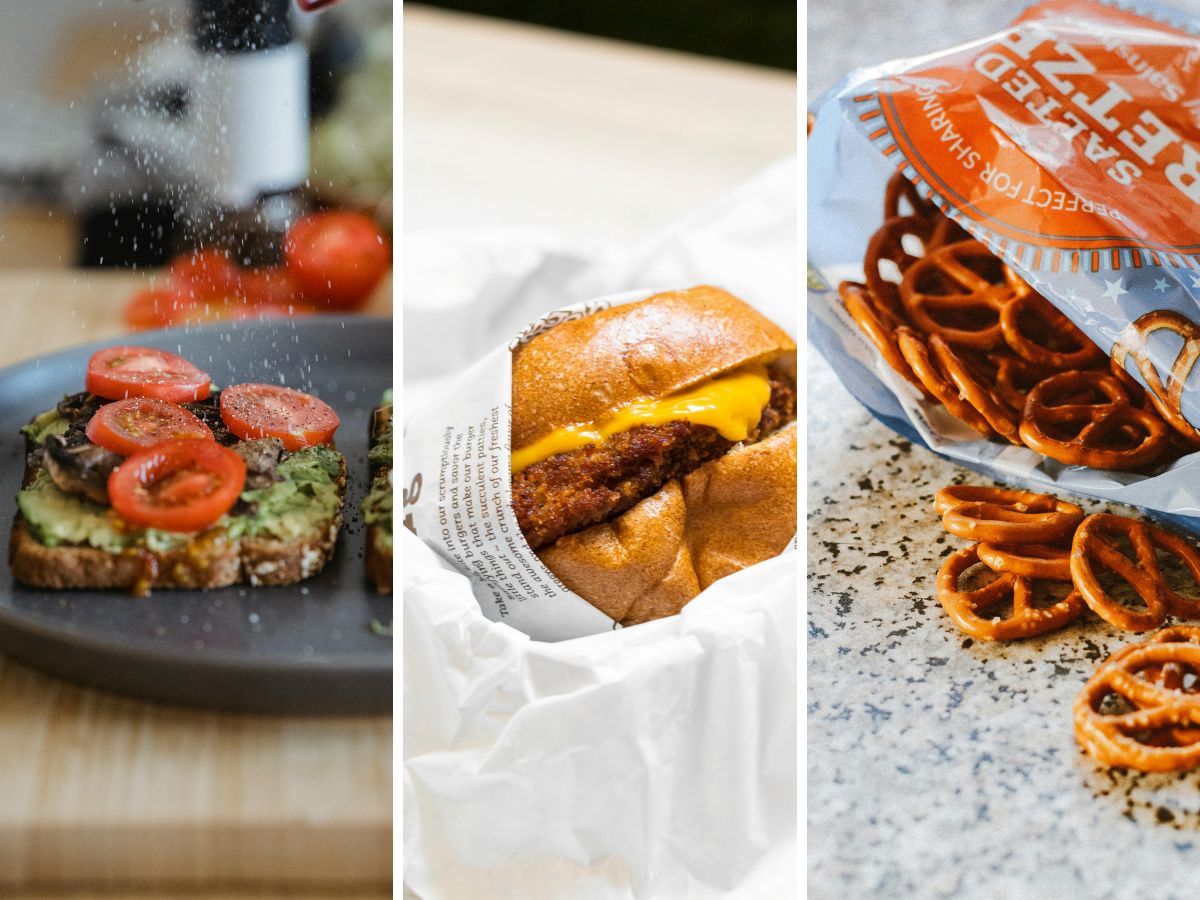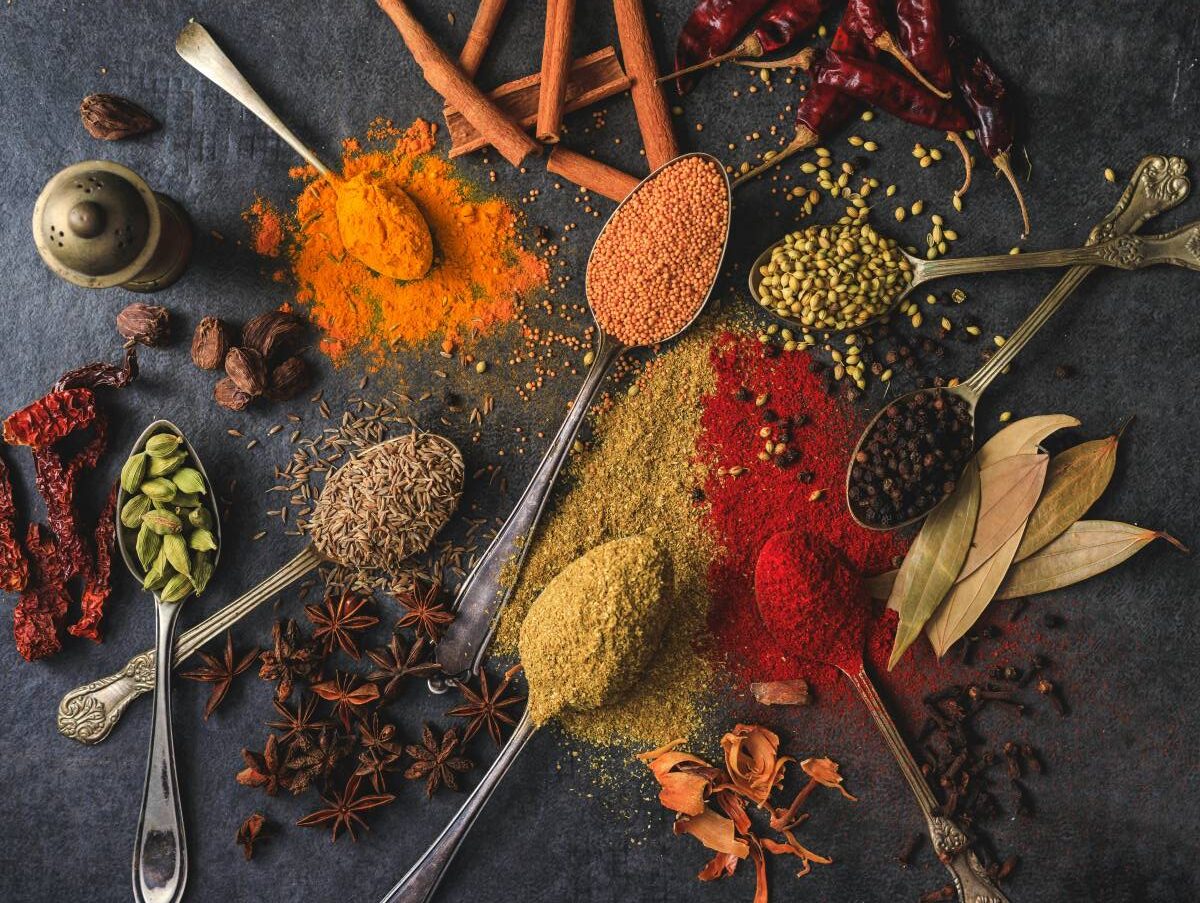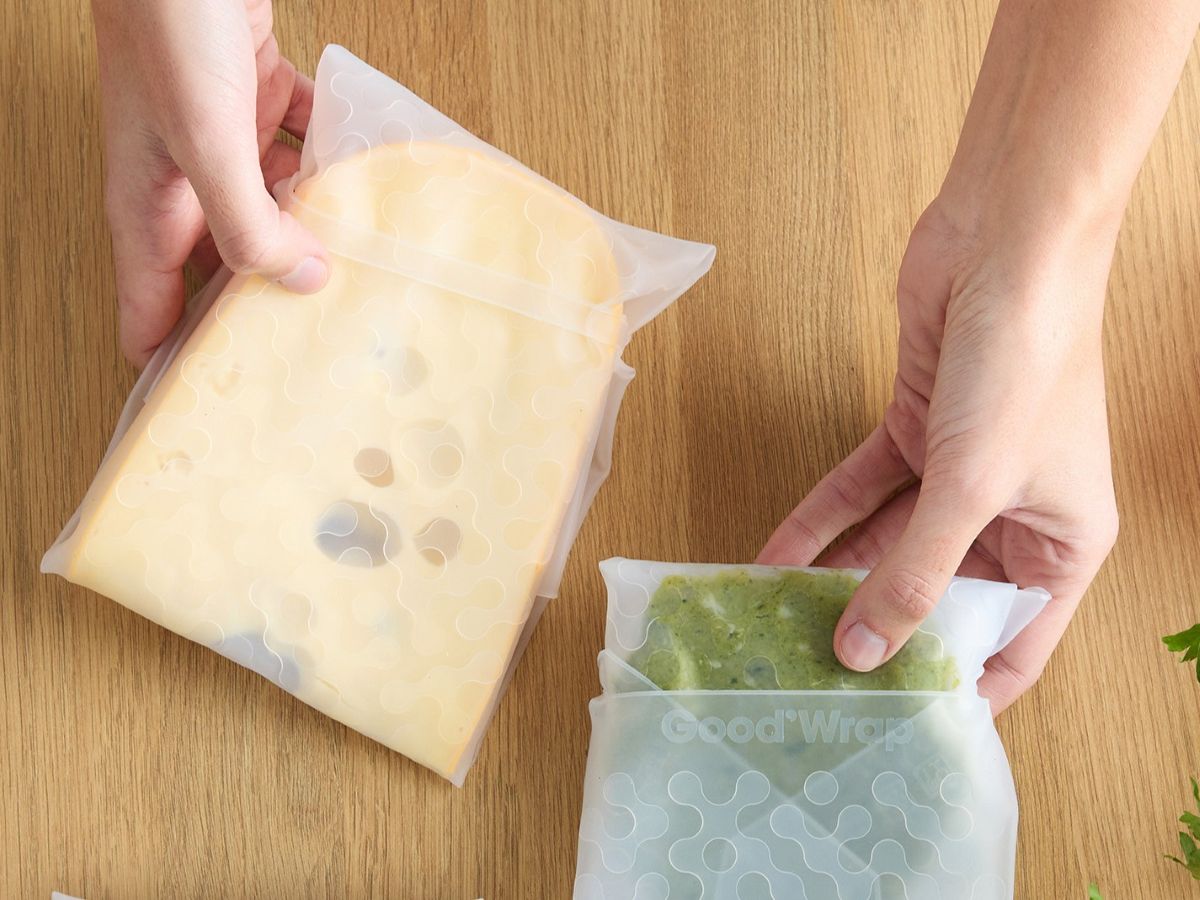Salt. You don't see it, you don't always taste it, but trust us: it's in almost everything. It is in your ready-made meal, your favourite meat substitute and even in that healthy vegetable spread. And although your body needs a little salt, most people eat way too much. And that is not without risk. In this article, we take you through it: how much salt is actually too much, where is it all hidden, and - perhaps most importantly - how can you eat in a more salt-conscious way without compromising on taste?
We eat too much salt by default
How much salt is actually normal, we wondered. According to the Nutrition Centre, a maximum of six grams of salt per day is enough. Better still, aim for four grams or less. The International Institute of Medicine maintains a minimum intake of 1.5 grams of sodium, which equals 3.75 grams of salt. So lower is fine, as long as you don't dip far below that. A shortage of salt, is that possible? It almost never happens. Even if you hardly add any salt to your own food, you still get more than enough through other products. This is because salt - chemically sodium chloride - is made up of two parts: sodium and chloride. It is mainly that sodium that is the issue when talking about ‘too much salt’. And that sodium is also naturally present in all kinds of unprocessed foods, such as vegetables, dairy and meat. If you temporarily eat less salt, your body cleverly adapts to it: it retains sodium better and you excrete less. You also lose some through sweating, but that is rarely cause for concern.
According to the Margriet Dutch men ingest about 10 grams of salt per day and women 7.5 grams. That is well above the limit. And this is not because we empty the salt pan en masse, but mainly due to additives from the food industry. Think of ready-made meals, stock cubes, sauces, cheeses, snacks and meat substitutes that are often saltier than you think. And that's a health risk. The Kidney Foundation says: ‘About 10% of people already have kidney damage. And there are large groups of people at risk of kidney damage such as people with obesity, diabetes and cardiovascular disease. Chronic kidney damage is irreversible and threatens to become the number 5 cause of death worldwide. Fortunately, you can do something to prevent it. Like eating less salt’.
Why do you need salt in the first place?
Salt is not just a seasoning. Your body really needs it. The sodium in salt plays an important role in many body processes. For instance, it helps maintain fluid balance in your body, supports your nerves and muscles in transmitting impulses and helps regulate your blood pressure. Too little sodium can cause headaches, muscle cramps and fatigue. But don't worry: a deficiency almost never happens. Even without adding salt to your food, you often get more than enough through ordinary products.
What else contains (too) much salt?
Salt is in more products than you might think. It is rarely the fresh ingredients that are the culprits, but rather the processed products from the food industry. Take canned or jarred vegetables: salt is often added to them to make them last longer. Frozen vegetables are then a lot kinder to your salt intake, there is usually no extra salt involved. A tip then!
Flavourings like bouillon, soy sauce, sambal, mayonnaise, ketchup, mustard and Maggi often contain a lot of salt. Not to mention ready-made spice mixes, marinated meat, fish seasoning, gherkins, pickled onions, seafood or pickled herring. In short: many products that we consider ‘extra tasty’ often also have an extra salt price tag for your health. And yes, snacks also merrily join in. That's probably nothing new to you if you lick your lips after nibbling on guilty pleasures such as chips, pizzas, chicken nuggets and burritos.
Pay extra attention if you often eat vegetarian or vegan. Many meat substitutes are quite processed and packed with added salt to flavour them. And cheese? That comes pretty salty by default - young or old makes little difference. Fortunately, there are also slightly less salty choices, such as Maasdammer, Leerdammer, Emmentaler and Gruyère.
And what exactly is low in salt?
Fortunately, there are also many products that are naturally low in sodium: carrots, for example. But other fresh vegetables, fruit, potatoes, rice, pasta, milk, yoghurt, meat, chicken, turkey and fish (if unprocessed) are also good choices. Also: jam, honey and sugar contain hardly any salt, but there are other drawbacks to these - nice pun - again.
So what is ‘healthy salt’?
We can be brief about that: there really isn't any. Himalayan salt, Celtic salt, fleur de sel - it all sounds very pure, but it's still just salt. The extra minerals it contains are negligible. And your body does not distinguish between table salt and fancy Salt: it's all about sodium. So is the only solution then a low-salt diet? No way, thankfully not. You really don't have to completely change your diet. It's all about smart choices, a bit more awareness and a few handy taste tricks. This way, you can reduce your salt intake considerably without your meal suddenly becoming bland.
So what can you do to curb your salt intake
Fortunately, you don't have to cut out rigorously to eat less salt. A few smart adjustments will get you a long way.
More potassium on your plate
What really helps is eating products rich in potassium. That mineral helps your body get rid of sodium - and therefore salt - again. It is plentiful in vegetables, fruits, potatoes and nuts. And no, you really don't need supplements for that. An extra scoop of vegetables or a banana will do wonders.
If you do still want a jar of salt in your spice rack...
The World Health Organisation (WHO) came up with a clear advice in 2025: replace regular table salt with a salt substitute with less sodium and extra potassium (e.g. potassium salt or ‘low sodium’ salt). Why? Most people still take in twice as much sodium as is good for them. Such a salt substitute helps reduce that and actually provides extra potassium - which is good for your blood pressure. Do you suffer from kidney disease? Then extra potassium is not always wise. Consult your doctor first.
Less salt, but still flavour
Fortunately, your taste buds quickly get used to less salt. Within a few weeks, you can already taste more of the real flavours. And these can be enhanced with other seasonings: garlic, fresh herbs, spices, lemon juice, ginger, a dash of vinegar. You can vary endlessly. We have listed our favourite salt substitutes for you here. Moreover, if you cook for yourself more often, you keep control over how much salt goes into your food.
The bottom line? You need salt, but much less than you think
Salt is not an enemy, but a latent jammer if you ingest too much of it. Fortunately, you can gain a lot with simple adjustments. Choose fresh foods more often, cook your own food, experiment with seasonings and read packaging just a little more carefully. Your body, your taste buds and your blood pressure will thank you.
More health tips from thegreenlist.nl
- Also see: The sense and nonsense of detoxing.
- Also see: replace plastic lunchbox and drinking cup with plasticisers?
- Also see: whut? Toxic fast fashion?
Sources: Institute of Medicine, Nutrition Centre, WHO, Margriet. Photo credits from left to right: Nicola Barts (Pexels), Griffin Wooldridge (Pexels), Lisa (Pexels),












